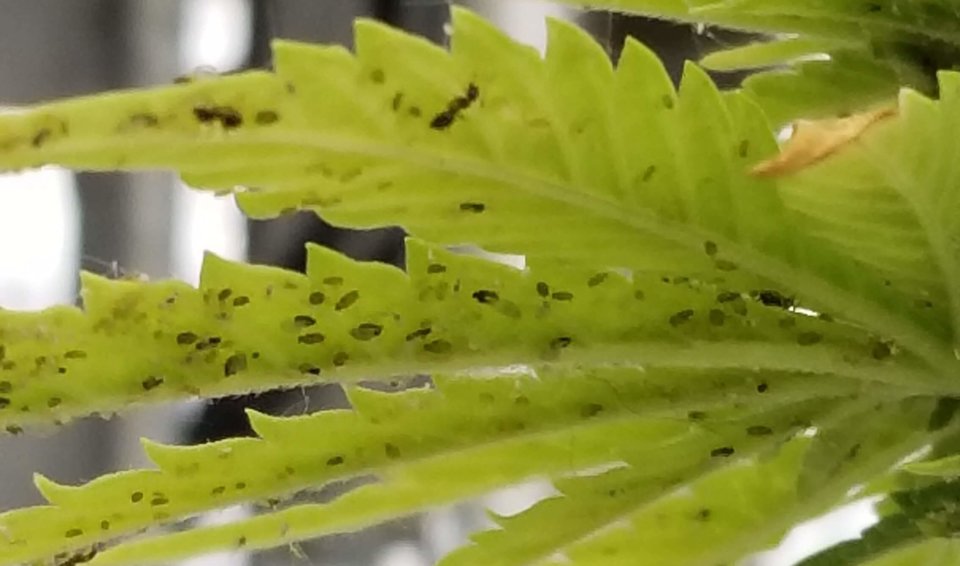In 2017 on this date, SpaceX launched BulgariaSat-1 on 23 June 2017 from the Kennedy Space Center in Florida. The geostationary satellite, the second satellite for Bulgaria, delivers communications services to the Balkan Peninsula and Central and Western Europe.
Astronomy Fact of the Day: June 22, 2021
Twenty years ago today, the McDonnell Planetarium’s Zeiss Universarium Mark IX Star Projector shined its first stars for the public. One of only three of its kind in the United States, this marvel has dazzled millions of stargazers with its breathtaking recreation of a clear, dark night sky. Experience it for yourself in one of… Continue reading
Astronomy Fact of the Day: June 21, 2021
On this date in 2004, the first private manned spaceflight occurred. Scaled Composite’s SpaceShip One, designed by Burt Rutan and flown by self-taught civilian pilot Mike Melville, reached an altitude of 62 miles on its suborbital flight. You can read more about Scaled Composites on their website, linked here.
Astronomy Fact of the Day: June 20, 2021
The summer solstice occurs today at 10:32 pm. This officially marks the beginning of summer and is when the Sun reaches the Tropic of Cancer. We will now see the Sun lower in the sky each day until we reach the winter solstice in December.
Astronomy Fact of the Day: June 19, 2021
In 1973 on this date, astronauts Pete Conrad and Paul Weitz (who, along with Joseph Kerwin, comprised the first crew aboard Skylab in orbit) went on a spacewalk outside the station to replace film cartridges in the station’s solar camera.
Aphids: Greenhouse Invaders
Today we meet the aphids! Aphids are tiny (and I mean really tiny, sometimes only a little larger than a grain of sand) insects that feed on the sap of plants. Despite the fact that they are problematic to farmers everywhere, aphids are very unique insects. There are more than 5,000 species in the aphidoidea… Continue reading
Astronomy Fact of the Day: June 18, 2021
The Moon reached first quarter phase last night at 10:54 pm. By the time, the Sun sets at 8:28 pm, the Moon will exhibit a waxing gibbous phase with 60% of the lunar disk illuminated. You can find the Moon in the south as the Sun sets tonight.
Meet our GROW summer YES teen!
You might remember from our last GROW blog post that the GROW team is hosting a teen from the Youth Exploring Science (YES) program over the summer. That would be me! My name is Christopher, and I’m going to be helping around the GROW gallery (mostly at the greenhouse) as well as writing blog posts… Continue reading
Astronomy Fact of the Day: June 17, 2021
On this date in 1967, China conducts its first thermonuclear bomb test, a 3.3-megaton device codenamed “Test No. 6.”
Artifact of the Week: Juvenile Ostrich
The common ostrich is one of two living species of ostrich, the large flightless birds of Africa. Although they cannot fly, these birds were meant to run. They can sprint up to 43 miles per hour, and their thick, powerful legs can cover large distances with ease. At just one-month old, ostrich chicks are able… Continue reading








